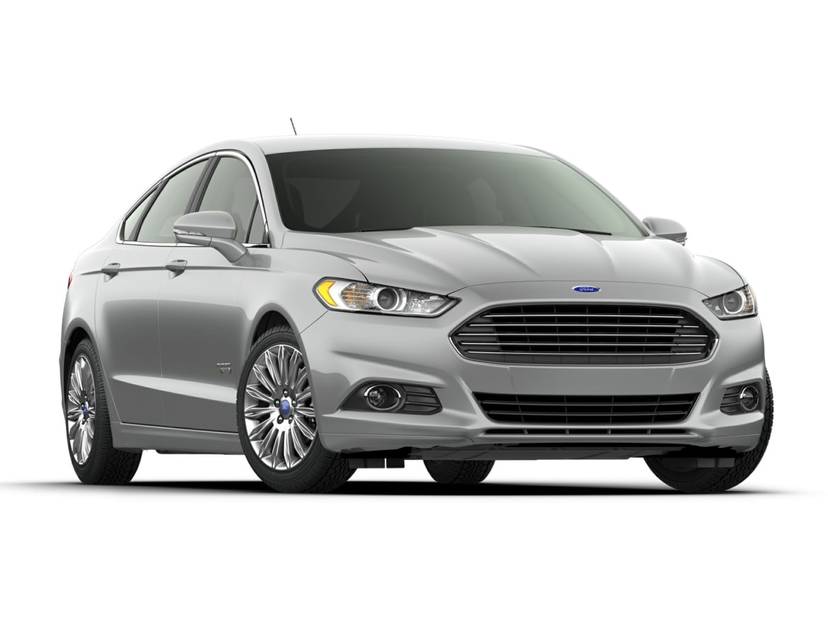
Vehicle Overview
The Ford Fusion Hybrid is based on the Fusion midsize sedan and gets an EPA-estimated 42 mpg in combined city/highway driving. It also has a sleek design and many available driver-assist features. Competitors include hybrid versions of the Toyota Camry, Hyundai Sonata and Kia Optima as well as the diesel-powered Volkswagen Passat TDI.
There is also a plug-in hybrid version called the Fusion Energi that can travel up to 21 miles on electric power alone.
(Skip to details on the: Fusion Energi)
New for 2014
A new S trim level of the Fusion Hybrid is available as are inflatable rear seat belts.
Exterior Highlights
- Standard 17-inch alloy wheels; 18-inch wheels available
- Automatic headlights; available fog lights
- Available power moonroof
- Available spoiler
Interior Highlights
- Hybrid-specific gauge cluster
- Automatic air conditioning
- Cruise control; adaptive cruise control available
- Cloth seats; leather available
- Folding backseat
- Available MyFord Touch multimedia system
- Available navigation system
Under the Hood
- 2.0-liter four-cylinder gasoline engine and electric motor make a combined 188 horsepower
- Electronically controlled continuously variable transmission
- Lithium-ion battery powers the electric motor
Safety Features
- Antilock brakes
- Electronic stability system
- Available inflatable rear seat belts
- Available lane departure warning and mitigation
- Available blind spot warning system
- Available active park assist
Fusion Energi
At full charge, the Fusion Energi is capable of traveling up to 21 miles on electric power with a combined total range of around 620 miles. It can reach speeds up to 85 mph in electric-only mode.
- Newly available features for 2014 include a heated steering wheel and inflatable seat belts for rear passengers
- Powertrain is similar to Fusion Hybrid but features a larger battery
- Can be charged by a 240- or 120-volt power source
- Trunk space drops from the Fusion Hybrid’s 12 cubic feet to 8.2 cubic feet because of the larger battery
- Auto stop/start technology, low-rolling resistance tires and regenerative braking for increased fuel efficiency






































